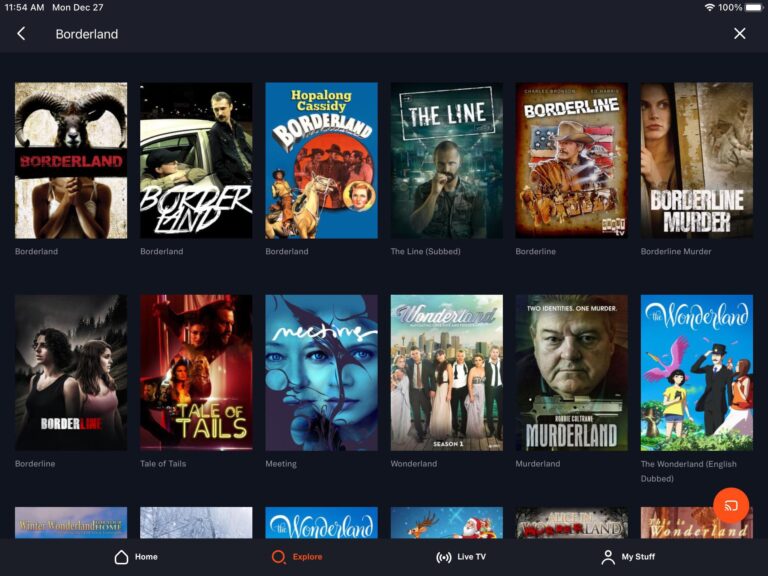In The Beginning…
Cosplay, a term derived from “costume play,” has journeyed from its humble beginnings in the 1940s to its current status as a global sensation, now valued at an astonishing $45 billion. But what historical milestones paved the way for this transformation from niche to mainstream? And how can enthusiasts monetize their passion today? Drawing insights from YouTube Creators and decades of history, we explore the rich tapestry of cosplay’s evolution and the myriad opportunities it presents.
A Glimpse into Cosplay’s Past
The roots of cosplay can be traced back to the 1940s, long before the term “cosplay” was coined. Early fans of science fiction in the United States would often dress up in costumes, especially during fan conventions. The 1939 World Science Fiction Convention saw fans Forrest J Ackerman and Myrtle R. Douglas don homemade costumes, arguably marking one of the first instances of what we recognize as cosplay today.
The term “cosplay” itself originated in Japan in the 1980s, a blend of the English words “costume” and “play.” However, by this time, the practice of dressing up as beloved characters had already gained momentum in various parts of the world.


Crafting and Educational Income: The Heart of Cosplay
“A huge career sector in cosplay is based on crafting skills and/or offering education on how to craft,” the video explains. Many have transformed their passion into a profession, offering their crafting expertise for commissions.
Crafting is a $9 billion dollar industry within Cosplay worldwide, and educating new crafters is becoming a much-needed industry for a growing curiosity.
Pros:
- The joy of owning a business that is rooted in creativity
- Flexibility in scheduling and specialization.
- Creating content on teaching platforms like Teachable, SkillShare or even your own website allows you to teach and profit from hundreds of eager clients
Challenges:
- Requires years of experience and expertise.
- Finding your audience. Most crafters funnel their audience from their YouTube, Instagram and other social media accounts
For those not inclined towards crafting for others, there’s the lucrative realm of educational content. As crafters pointed out, “Educational content is incredibly valuable,” with many cosplayers producing tutorial videos, books, and digital content.
The Cosplay Entertainer: Building a Brand
To become a cosplay entertainer is to turn oneself into a brand. This path is vast and competitive but teeming with monetization avenues:
Convention Guest: “Being invited to a convention as a paid guest is often the first milestone goal cosplayers set in their quest to become a professional.” To achieve this, engage actively on social media platforms, especially those popular in the cosplay community like Instagram, TikTok, and Twitter, to grow your following and establish your brand. Attend conventions as a regular participant initially, network with organizers, other cosplayers, and fans, and offer to host workshops or panels. This not only showcases your expertise but also demonstrates your value to convention organizers. Collaborate with well-known cosplayers or influencers in the community to increase your visibility. Once you’ve built a substantial following and reputation, you can approach convention organizers with a well-prepared pitch
Pros:
- Paid appearances and covered expenses.
- Opportunities for brand building and networking.
Challenges:
- Pay varies based on popularity.
- Requires adept negotiation skills.
Streaming: Platforms like Twitch have become a haven for cosplayers. As Kirilee from Kirelee Cosplay mentions, cosplayers “stream regularly on platforms such as Twitch, creating loyal fan bases.” You can begin by identifying a unique angle or theme for your streams that aligns with your cosplay interests, whether it’s live costume creation, makeup tutorials, character role-playing, or even gaming in character. Consistency is crucial; set a regular streaming schedule, allowing potential followers to know when to tune in. Engage with your audience by reading and responding to chat messages, hosting Q&A sessions, or even conducting polls about your next cosplay project.
Pros:
- Connects with fans and showcases personality.
- Potential for earning through subscriptions and donations.
Challenges:
- Time-intensive.
- Challenges in balancing personal and on-camera life.
Brand Partnerships: “While sponsorships and cosplay have existed for several years, the start of the pandemic in 2020 led many global brands and companies to court cosplayers as influencers,” Google Creators revealed. You can start by meticulously curating your online presence, ensuring that your social media profiles, especially platforms like Instagram, TikTok, and YouTube, showcase high-quality content that resonates with your target audience. Brands are more likely to collaborate with cosplayers who have an engaged, loyal following rather than just a large number of followers. Research brands that align with your niche and consider joining influencer marketing platforms like Upfluence and GRIN. This is where brands actively seek partnerships.
Pros:
- Free products and potentially lucrative campaigns.
- Association with renowned brands can elevate one’s own brand.
Challenges:
- No industry standards for negotiations.
- Exclusivity clauses and stringent deadlines.
Merchandising: The Cosplay Goldmine
The demand for cosplay materials has birthed an industry centered on products like wigs, fabrics, and accessories. As others highlighted, “Over the years, a whole industry for cosplay-focused materials has formed thanks to the rapid expansion of the community.”
Sell Creator-made Costume Supplies: This includes downloadable patterns, 3D models, and build kits. Identify a niche or gap in the market and prioritize local suppliers to reduce costs and ensure quicker delivery times. Create an online storefront using platforms like Etsy, Shopify, or even a personal website. Promote your products on social media, cosplay forums, and conventions.
Pros:
- Allows customers to customize the finish.
- Passive income source
Challenges:
- Time and skill-intensive.
- Pressure to align with trends.
Open a Specialty Cosplay Shop: This involves selling specialized cosplay products. The video notes, “The demand for cosplay materials and supplies has led to a number of independent vendors specializing in cosplay products.” If you are opting for a physical store, choose a location with high foot traffic, preferably near geek culture hubs, theaters, or convention centers. Alternatively, an online storefront can tap into a global customer base. Platforms like Shopify, WooCommerce, or BigCommerce can facilitate this. Marketing is crucial: leverage social media platforms, attend conventions, host workshops, and collaborate with influential cosplayers to boost visibility.
Pros:
- Focus on unique, high-quality items.
- Opportunity to diversify the product range.
Challenges:
- It May require a significant investment For a physical location.
- Physical locations are not a solo endeavor; they demand hiring and infrastructure.
Events and Offshoots: The Cosplay Playground
For cosplayers eager to refine their craft and network, various events offer invaluable experiences:
- Comic-Con: A global gathering of fans and professionals.
- Anime Expo: Tailored for anime and manga enthusiasts.
- Cosplay Competitions: A stage to flaunt talent and secure prizes.
- Crafting Workshops: A chance to acquire new skills from maestros.
In wrapping up, the cosplay industry, with its vast opportunities and rich history, beckons those with passion and a zest for innovation. As the speaker in the video aptly encapsulates, “Every day, cosplay professionals innovate their content, find new income strategies, and follow new paths.” For those poised to embark on this journey, the cosmos of cosplay awaits.














